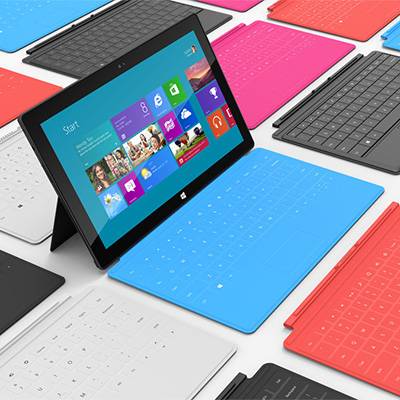Directive Blogs
Most for Your Money: Use the 'Teardown' When Buying Hardware
 The majority of today’s more conscientious shoppers will check out the consumer reviews of the device as well as the detail specifications before purchasing a product. Just because it’s pretty and all their friends at school have one, doesn’t always mean that it is the best value for your money. Still, we rarely consider: Do review sites and vendor release notes tell the whole story? Is this device really better because of its price tag or big name brand? There is a widely underused but extremely valuable resource online where customers can gain a little more perspective. This is called the product "teardown”.
The majority of today’s more conscientious shoppers will check out the consumer reviews of the device as well as the detail specifications before purchasing a product. Just because it’s pretty and all their friends at school have one, doesn’t always mean that it is the best value for your money. Still, we rarely consider: Do review sites and vendor release notes tell the whole story? Is this device really better because of its price tag or big name brand? There is a widely underused but extremely valuable resource online where customers can gain a little more perspective. This is called the product "teardown”.
These component breakdowns, which depending on the popularity of the device, may be free. As a detailed analysis of the device, the focus of a teardown is on what exactly you are paying for (hardware wise) as well as what the vendors profit margins will look like. This is an interesting tool -- even if only used in a feel-good buyer’s satisfaction, gloat-to-your-friends-after-purchase kind of way. IHS - iSuppli® is a website that has an extensive library of product tear downs as part of their market research.
The best way to use this knowledge is to work out the difference on what you are paying for. Take as an example, the popularity of tablets. In the game of tablets, there are currently four major players in the market: Apple, Microsoft, Google, and Amazon. These major players are often split into the low-end (Amazon and Google) and high-end (Apple and Microsoft) price range -- with the low-end being between $200-300 and the high-end being between $400-$800.
The reason behind the large gap in pricing cannot be laid out as a plain, straight forward difference in the quality and ability of these tablets. Apple has better hardware. Amazon’s Kindle is used just for reading and is a lightweight tablet. Interestingly, when you look at their bare parts, a explained in the teardowns of these two products, they are not all that different. In reality, nearly all of the popular tablets on the market fall into a $150-$300 price range. The rest is all clever marketing and software development. An example, of the Nexus 7, produced by Google and Asus, first entered the market with 2 models. One model was the 8gb and the other, 16gb, priced at $199 and $249 respectively. The cost to make the 8gb model was $151. Because there is a small profit margin for the 8gb version of the tablet, Google decided to offer a 16gb version for $50 more. Interestingly, the upgrade in chip production costs for the 16gb tablet only cost the manufacturer $8 more.
It’s common place for manufacturers to lower their manufacturing costs by using a third party technology. Two notable exceptions, Apple and Samsung, prefer to control every aspect of their products to ensure quality and stability. Names like Nvidia, Intel and AMD will partner with a hardware manufacturer to save money on developmental costs. Using third party technology will save the end user money by lowering manufacturing costs of the product. These offer a lot more options for buyers as well. There are many more options for the Android and Windows as compared to Apple’s iPhone.
If you’re in the market for a new computer, keep in mind that using the teardown will save you money in the end. Today, a computer is essential to life and there are many ways to build it, sell it, and tweak it. Be informed.

